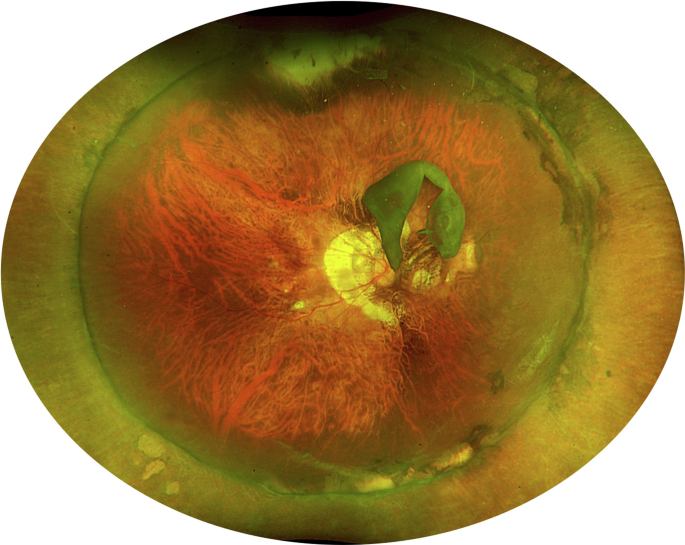Exploring the Confusion: Posterior Vitreous Detachment vs. Retinal Flap

Understanding Posterior Vitreous Detachment
Posterior vitreous detachment (PVD) is a common phenomenon experienced by many individuals, especially as they age. This condition occurs when the vitreous gel separates from the retina, which can lead to a variety of symptoms.
Mimicking Signs of Retinal Flap
One of the most significant challenges in diagnosing PVD arises when its symptoms resemble those of a retinal flap. This can lead to misdiagnosis, where the underlying condition may remain untreated.
- Deceptive visual symptoms can create confusion.
- Importance of distinguishing between PVD and retinal flap conditions.
- Accurate diagnosis is crucial in avoiding inappropriate treatments.
Conclusion
Understanding the differences between posterior vitreous detachment and retinal flap symptoms is essential for eye care professionals. Accurate diagnosis ensures that patients receive the correct treatment, preventing complications.
This article was prepared using information from open sources in accordance with the principles of Ethical Policy. The editorial team is not responsible for absolute accuracy, as it relies on data from the sources referenced.